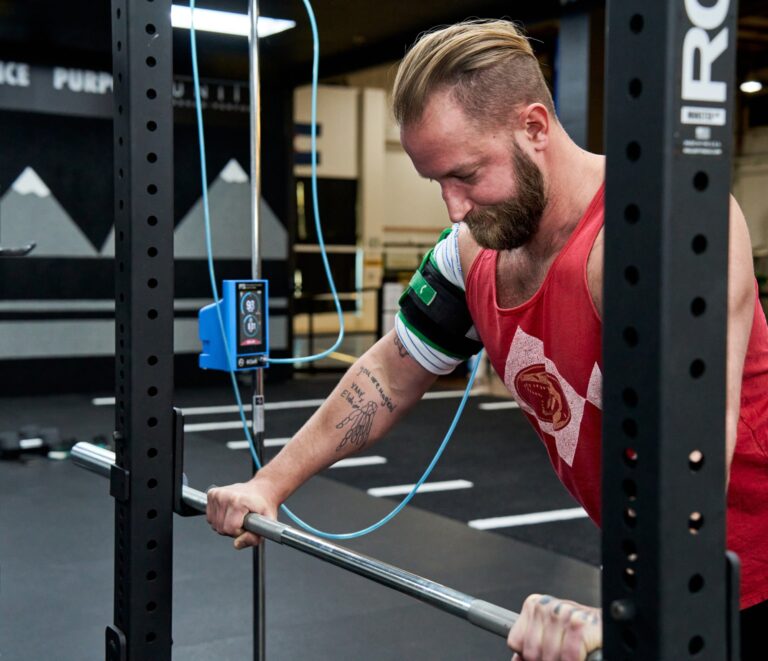
UNITE.rehab.perform
Denver's Best Sports Physical Therapy
Why rest isn't
always the BEST
In the world of recovery and injury prevention, there is a longstanding myth that rest is the ultimate solution to pain, fatigue, or injuries. While rest certainly has its place, it is not the magic bullet many believe it to be. In fact, prolonged or passive rest can often do more harm than good, especially for active individuals and athletes. Here’s why:
1. Rest vs. Active Recovery
Rest implies inactivity, and while this can reduce immediate inflammation, it does little to address the root cause of pain or discomfort.
Active recovery, on the other hand, incorporates gentle movement and targeted exercises to improve circulation, reduce muscle tension, and enhance ealing. This is what we call “optimal loading” allowing the njured or painful muscles to become activated lightly increasing blood flow and healing potential.
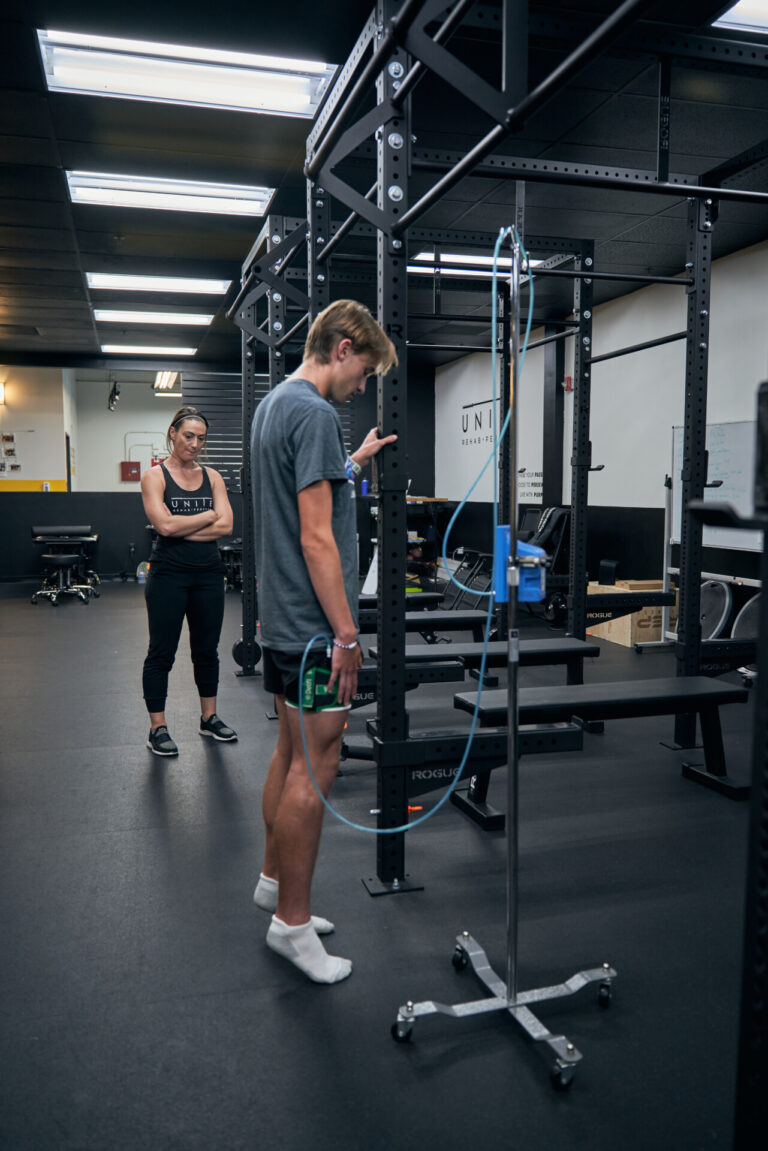
For example:
- – Walking or light cycling can aid in flushing out metabolic waste after a tough workout.
- – Mobility exercises can support your joints by reducing stiffness even after an injury.
2. Muscle Atrophy and Deconditioning
Extended periods of rest can lead to muscle atrophy and deconditioning. Muscle atrophy, the loss of muscle mass due to inactivity, can begin within just a few days of rest (3-5 days to be exact). This weakening of muscles, along with a decline in cardiovascular fitness, is particularly problematic for athletes or those recovering from injuries, as it sets them back in their journey toward full recovery.
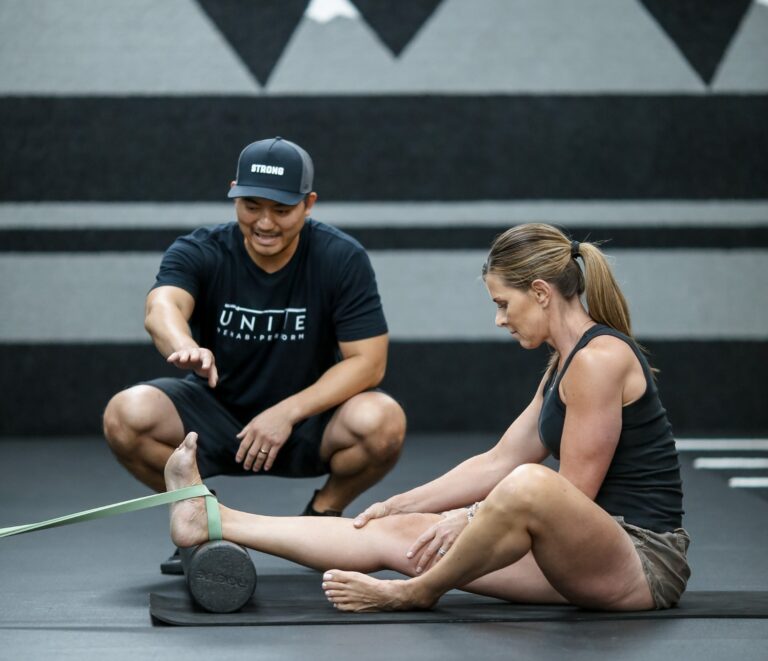
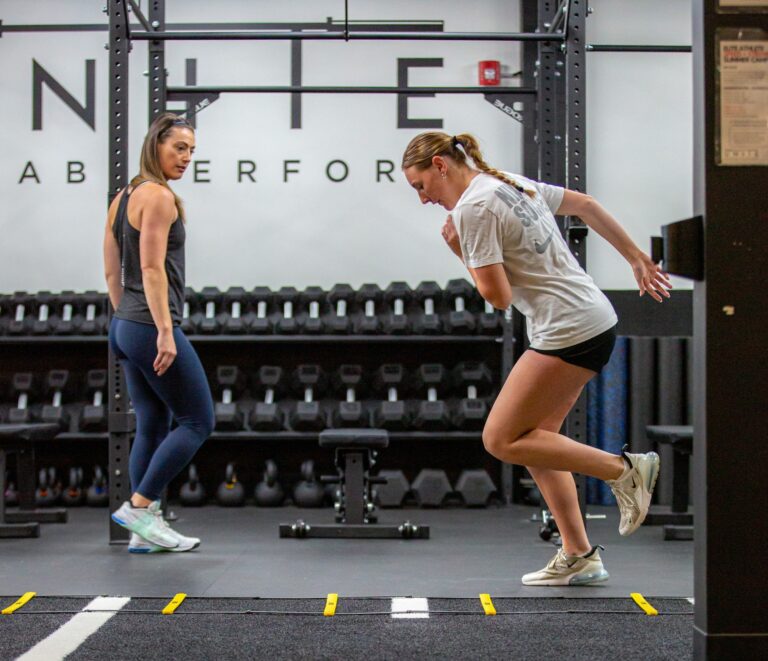
3. Addressing the Root Cause
The pain you feel is often not caused by the site of the pain itself but by an underlying issue elsewhere in your body. Resting that specific area alone will not resolve the problem. For example, knee pain might stem from hip weakness or poor ankle mobility (as crazy as that sounds, the body was designed to move as a whole and is interconnected in many ways.)
Without addressing these root causes through targeted rehabilitation, such as strengthening, mobility work, or movement retraining, the pain or injury is likely to return when you resume activity. Working with a performance physical therapist is crucial to identifying and treating the actual source of the issue, ensuring a comprehensive recovery and reducing the risk of re-injury.
4. The Psychological Impact of Rest
Prolonged rest can take a toll on mental health and motivation. For individuals accustomed to an active lifestyle, being sidelined can lead to feelings of frustration, anxiety, or even depression. Additionally, the longer someone remains inactive, the harder it becomes to regain the motivation to return to sport or physical activity. This is because deconditioning, combined with a sense of lost progress, can make restarting feel daunting. Incorporating modified activities not only helps maintain a sense of normalcy and boosts mood but also keeps the body engaged and primed for an eventual return to full activity.
5. The Role of Physical Therapy
Physical therapy bridges the gap between rest and dull activity, aligning with a comprehensive approach to recovery and performance. At our facility, physical therapy isn’t just about treating symptoms-it’s about addressing the whole picture. By working with one of our performance physical therapists, you can:
- – Uncover the root causes of pain or dysfunction, understanding why the issue arose in the first place.
- – Develop a highly customized plan incorporating targeted strengthening, mobility, and functional exercises to resolve imbalances and improve movement patterns.
- – Learn proper techniques and strategies to prevent future injuries, building confidence in your body’s ability to perform.
- – Safely return to your favorite activities and hobbies without the fear of re-injury, achieving long-term resilience and strength.
Key Takeaways
- – While rest has its place, it should never be the sole approach to recovery.
- – The pain you feel is rarely caused by the site of the pain itself, which is why resting that area alone will not resolve the issue. Active recovery and targeted rehabilitation are far more effective in addressing the root cause of pain, preventing future injuries, and maintaining overall health.
- – Working with a performance physical therapist can help uncover the true source of discomfort, whether it stems from poor movement patterns, muscular imbalances, or weaknesses elsewhere in the body.
- – Prolonged rest often diminishes motivation and makes returning to activity more challenging. Instead of defaulting to rest, consider incorporating movement and seeking professional guidance to truly heal, regain confidence, and thrive.
Michaela Anson, BS, BA
©2020-2025 UNITE.rehab.perform LLC. All rights reserved.
UNITE.rehab.perform does not provide medical advice, diagnosis, or treatment through this website or related content. See additional information.
